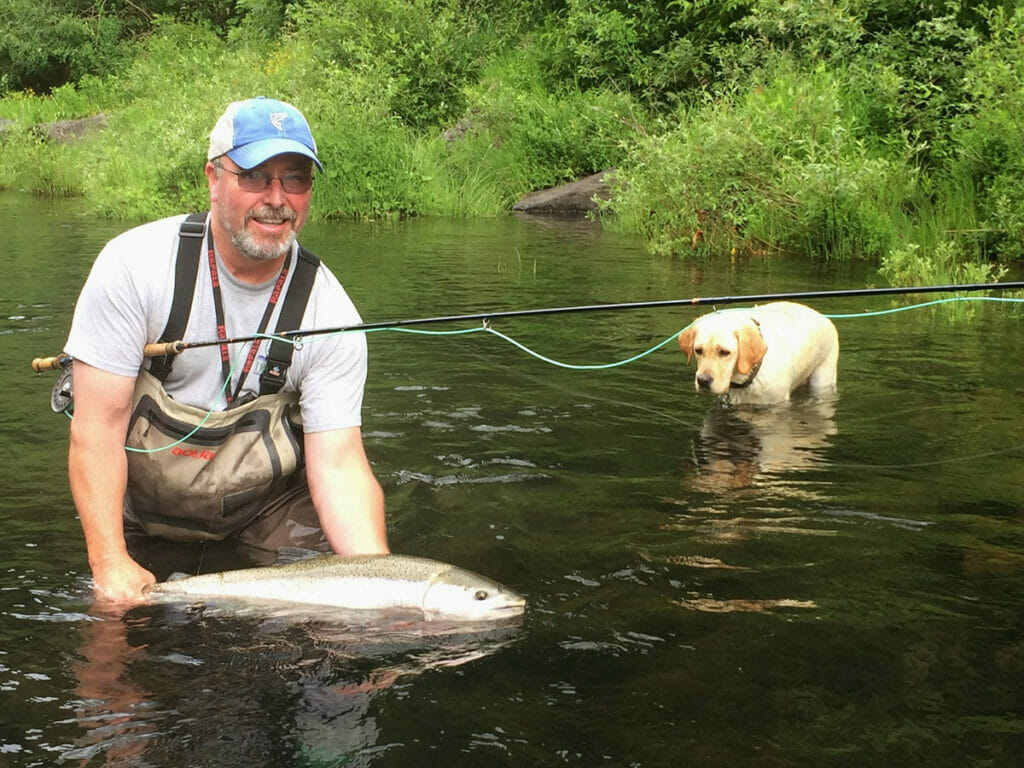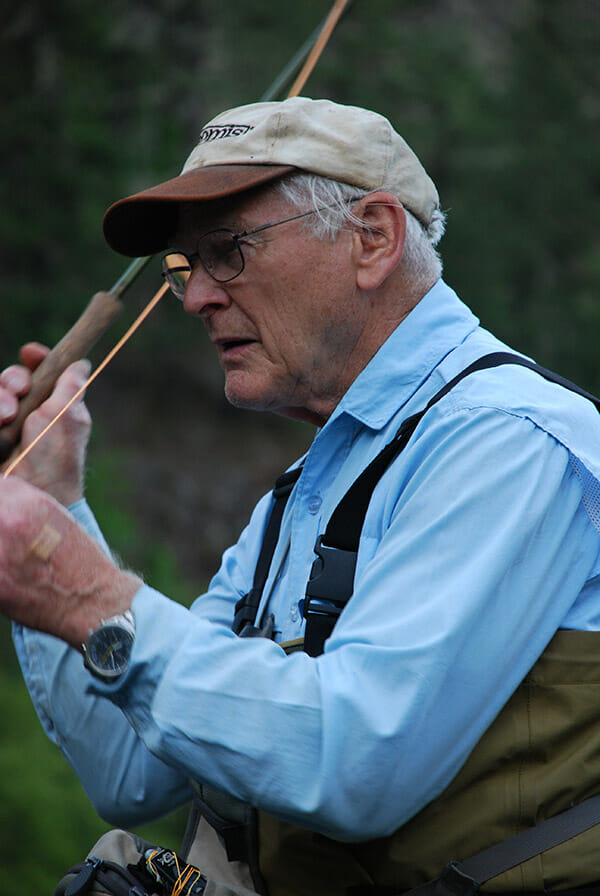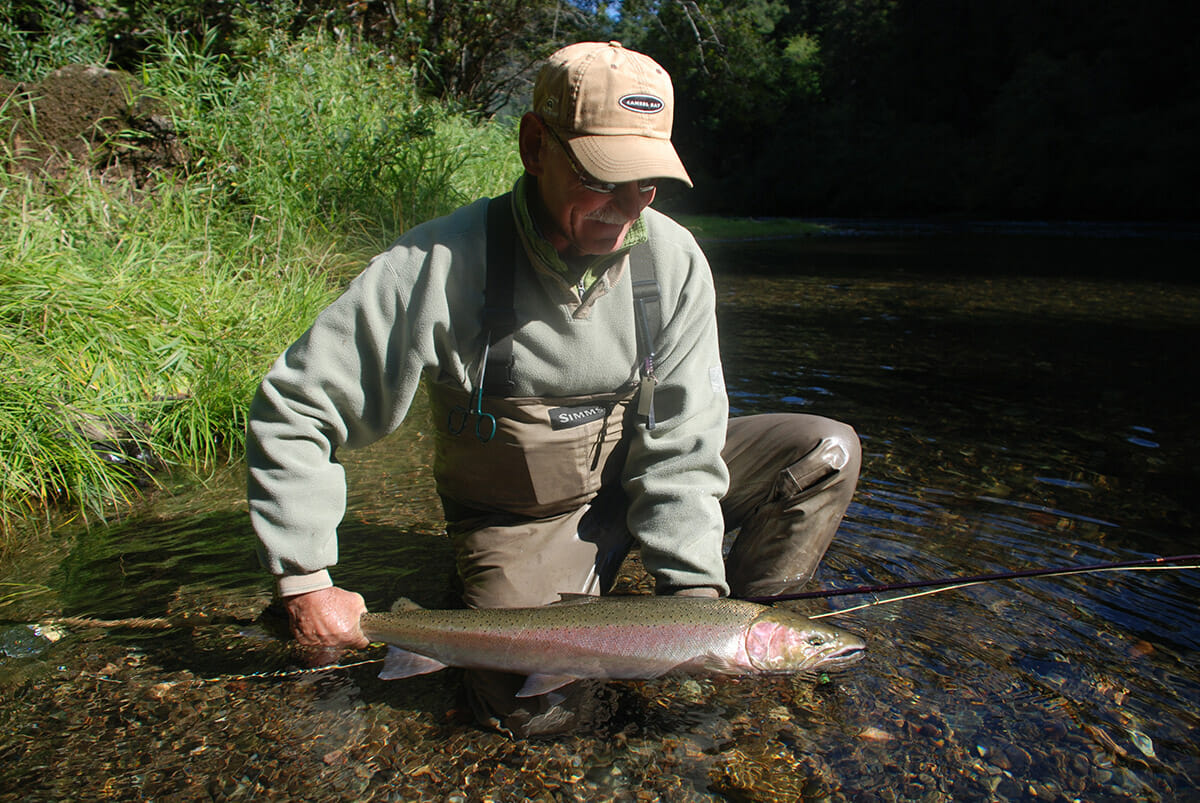TU and Wild Steelheaders support Oregon decision to help decimated wild summer steelhead
TU’s Wild Steelhead Initiative is firmly committed to the principle that the best available science must guide steelhead fisheries management. But as our wild steelhead populations continue to decline in virtually every watershed in their native range, too often we see steelhead management decisions based more on politics and status-quo social expectations than on hard science.
This month, the Oregon Fish and Wildlife Commission bucked that trend when it decided to terminate the hatchery program for summer steelhead on Oregon’s North Umpqua River.
The North Umpqua is one of the most famous wild steelhead fisheries in North America. This river’s wild winter steelhead returns have been fairly consistent—likely because there has been no hatchery supplementation for the past three decades. But for many years, the state has continued to stock the North Umpqua with hatchery-raised summer steelhead.

The result has been the proportion of hatchery-origin spawners among summer steelhead in the North Umpqua far exceeding management targets, which were established under Oregon’s 2014 Coastal Management Plan.
Meanwhile, wild summer steelhead numbers continue a downward trend. In 2021, the number of summer steelhead returns fell well below ODFW’s critical threshold of 1,200 spawners—only about 400 adults returned.
As a result, ODFW had little choice but to close the North Umpqua to fishing for summer steelhead for the first time in history.
The adverse effects of hatchery steelhead on wild O. mykiss are well documented. Still, a number of other factors have influenced the decline of the wild steelhead population in the North Umpqua. Drought, climate change, poor ocean conditions, and predation from non-native species all have played a role.
But of those factors, the only “dials” we can turn in the short term to try to improve the status of wild summers in the North Umpqua are hatchery releases and angling regulations.
TU and Wild Steelheaders provided testimony to the commission in support of a 10-year pause in the summer steelhead hatchery program, to give wild summers a chance to recover and enable ODFW to monitor the population without interference from hatchery fish.

It’s worth repeating that TU and Wild Steelheaders are not anti-hatchery. In the Umpqua River basin, for example, we support a popular winter steelhead hatchery program for the South Umpqua, to provide harvest opportunity in the basin. We also support a popular spring Chinook program and two hatchery mitigation programs in the basin for Coho and rainbow trout.
We support hatcheries for steelhead on some rivers as part of our “portfolio approach” to management of steelhead populations and fisheries. We will continue to do so.
But the North Umpqua isn’t a place where hatchery steelhead are needed, and in fact hatchery fish here are likely doing more harm than good.
The North Umpqua is a world-wide destination steelhead fishery. It’s an economic engine for the entire region and must be managed conservatively, especially as the warming climate changes what were once considered baseline conditions for streamflows and water temperatures.
It’s rare that state fish and wildlife managers recommend or make policy and regulations fully consistent with what science tells us is needed to recover and sustain our remaining wild steelhead runs. TU and Wild Steelheaders salute the Oregon Fish and Wildlife Commission for its decision on hatchery summer steelhead in the North Umpqua River, and will continue to support adaptive management of this amazing steelhead water—including temporary angling restrictions and closures, as needed—to better protect and recover wild fish here.
Learn more about how you can support TU and Wild Steelheaders’ work to recover wild summer steelhead in the North Umpqua, one of our last, best wild steelhead fisheries in the Lower 48.


